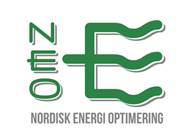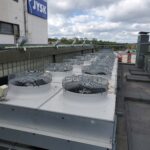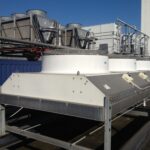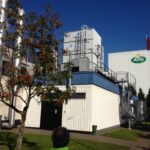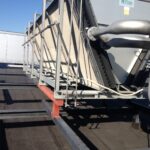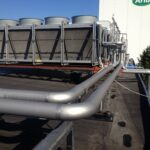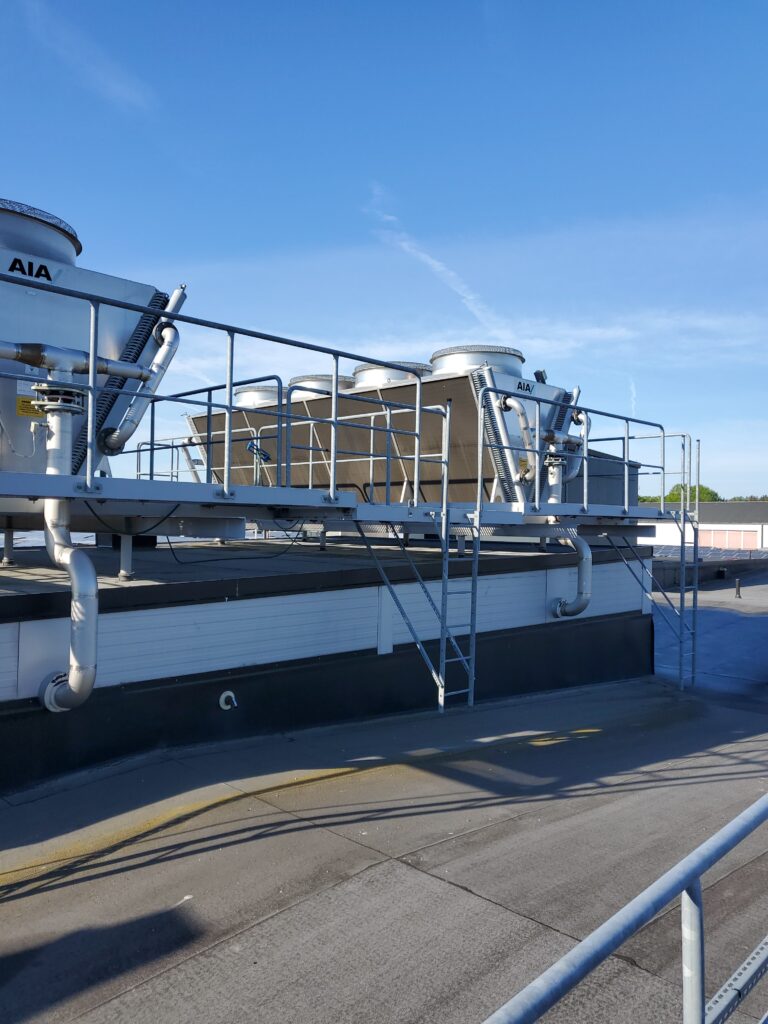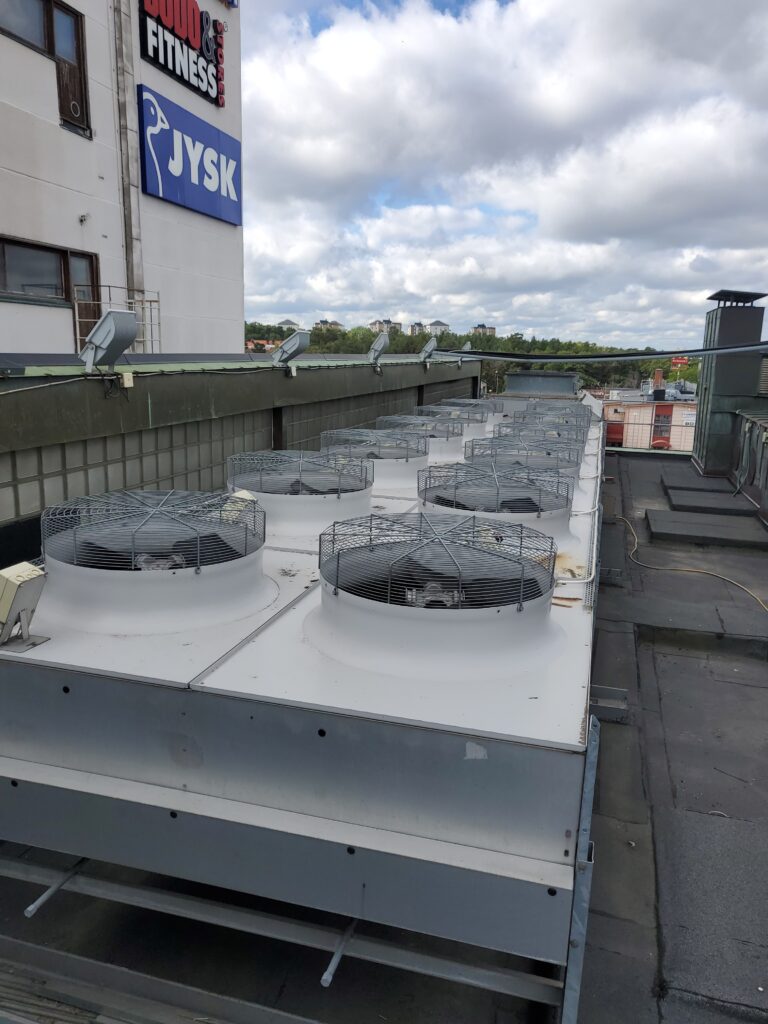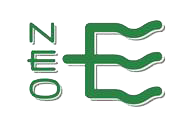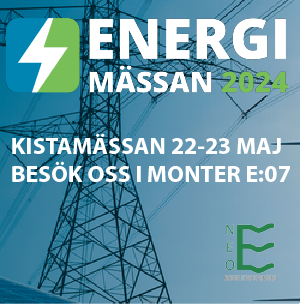Cleaning of heat exchangers/cooling condensers
- Home
- /
- Sanitation and Cleaning
- /
- Cleaning of heat exchangers/cooling condensers
CONTACT US
+46 (0) 761-666741
Read about our services
Cleaning of heat exchangers/cooling condensers
Cleaning of heat exchangers/cooling condensers. A heat exchanger is a device used to transfer heat from one fluid to another. The most common type of heat exchanger is the shell and tube heat exchanger, which consists of a series of metal tubes enclosed in a larger metal shell. Heat exchangers are used in a variety of applications, including HVAC systems, power plants and chemical plants. For heat exchangers to work properly, they must be kept clean. Otherwise, they become clogged with dirt and debris, which reduces their effectiveness.
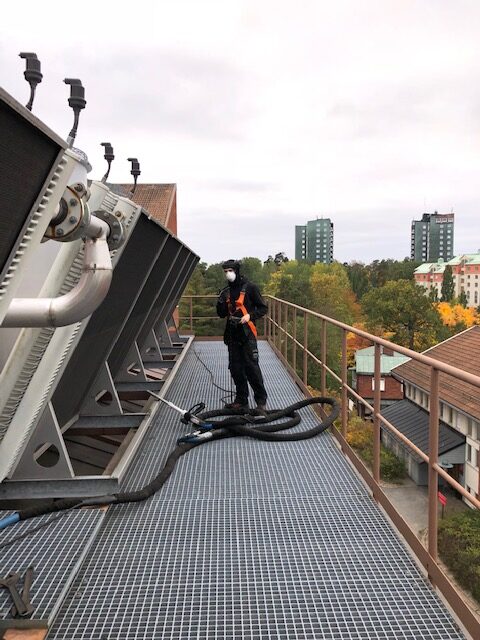
significant impact on both energy consumption and indoor climate
Contamination in units with heating batteries, cooling batteries or recycled heat exchangers can have a significant impact on both energy consumption and indoor climate. Studies have shown that fouling increases the pressure drop, which leads to increased power consumption of the fans. In addition, contamination reduces the flow through the devices, shortening their lifetime and increasing the resource demands on the components. The mechanical wear of ventilation components caused by soiling can also lead to a deterioration of the indoor climate. These effects underline the importance of preventing and removing fouling to maintain efficient and effective HVAC systems.
Nordic Energy Optimisation's unique cleaning method - the Neo method
NEO’s cleaning process improves the efficiency of the heat exchanger by removing built-up dirt and debris. Regular cleaning of heat exchangers can also help save energy by reducing the amount of work that pumps have to do. Consequently, it is clear that there are many advantages to keeping heat exchangers clean.
